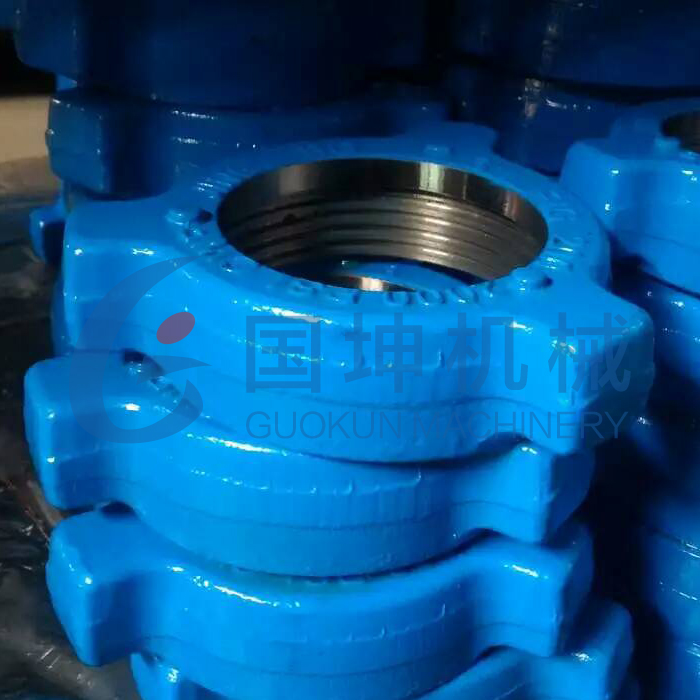Hot Forging VS cold forging
Forging is the process of deforming metal into a desired shape using certain tools or equipment in 3 types, hot forging, cold forging, warm forging.
Hot forging and cold forging are two different metal forming processes that deliver similar results.
Guokun Machinery, with 10 years forging experience, can choose the right type of forging as per your drawing or application. Let’s offer some details of hot forging and cold forging.
The hot forging process
When a piece of metal is hot forged it must be heated significantly. The average temperatures necessary for hot forging are:
Up to 1150 degrees Celsius for Steel
360 to 520 degrees Celsius for Al-Alloys
700 to 800 degrees Celsius for Cu-Alloys
Please note that we only can supply you the steel forging parts.
Advantages of hot forgings:
Production of discrete parts; Low to medium accuracy; Scale Formation; Low stresses or low work hardening; Homorgenized grain structure; Increased ductility; Eliminiation of chemical incongruities
Disadvantages of hot forgings:
Less precise tolerances; Possible warping of the material during the cooling process; Varying metal grain structure; Possible reactions between the surrounding atmosphere and the metal
Cold Forging
Cold forging deforms metal while it is below its recrystallization point. Cold forging is generally preferred when the metal is already a soft metal, like aluminum. This process is usually less expensive than hot forging and the end product requires little, if any, finishing work. Sometimes, when aluminum is cold forged into a desired shape, it is heat treated to strengthen the piece. This is called “tempering.”
Advantages of cold forgings: Easier to impart directional properties; Improved interchangeability; Improved reproducibility; Increased dimensional control; Handles high stress and high die loads; Produces net shape or near-net shape parts
Disadvantages of cold forgings: Easier to impart directional properties; Improved interchangeability; Improved reproducibility; Increased dimensional control; Handles high stress and high die loads; Produces net shape or near-net shape parts; The metal surfaces must be clean and free of scale before forging occurs; The metal is less ductile; Residual stress may occur; Heavier and more powerful equipment is needed; Stronger tooling is required
